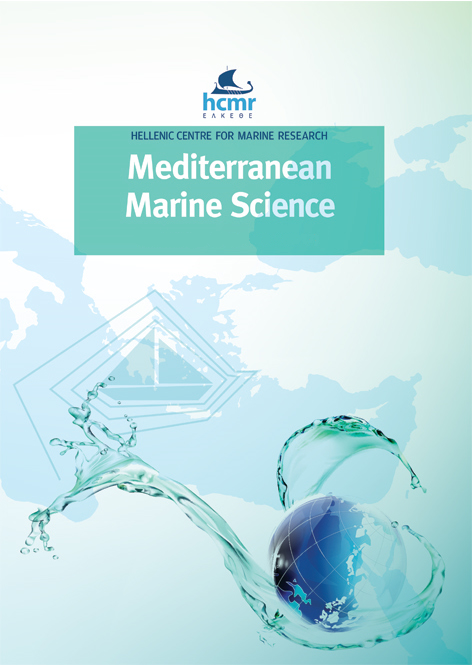Assessing the impact of nutrient loads on eutrophication in the semi-enclosed Izmir Bay combining observations and coupled hydrodynamic-ecosystem modelling
Résumé
Intense human activities may strongly affect coastal environments threatening natural, societal and economic resources. In order to propose adequate measures to preserve coastal marine areas, a thorough understanding of their physical and biogeochemical features is required. This study focuses on one such coastal area, Izmir Bay located in the Eastern Mediterranean Sea. Izmir Bay is a highly populated area subject to many human induced stressors such as pollution and eutrophication, that has been suffering high nutrient loads for decades. Despite the construction of the Çiğli waste water treatment plant in 2000-2001 to reduce eutrophication, such pressures continue to occur. To study the current physical and biogeochemical dynamics of Izmir Bay and their spatial and temporal variability, a three-dimensional coupled hydrodynamic-ecosystem model (Delft3D modelling suite’s FLOW and ECO modules) is implemented. Using the model, the effect of excessive inorganic nutrient loading on the marine ecosystem as the main cause of this eutrophication is explored in an effort to advise on mitigation efforts for the Bay focusing on eliminating eutrophication. Results of different model scenarios show that the Inner and Middle Bay are nitrogen-limited while the Outer Bay is phosphorus-limited. Inner regions are more sensitive to variations in inorganic nitrogen input due to the low (<16) N/P ratio of nutrients in seawater. An increase in inorganic nitrogen triggers eutrophication events with primary production as an immediate response. Conversely, the Outer Bay ecosystem with N/P ratios above 16 is more sensitive to phosphate inputs, of which an increase causes a considerable enhancement in algal production. This study shows the vulnerability of Izmir Bay to anthropogenic nutrient input and model simulations indicate that management plans should consider reducing DIN discharges both in the inner-middle zones of Izmir Bay as well as inputs from the Gediz River. Additionally, phosphate inputs should be reduced to avoid an overall increase of algal production in the Outer Bay, the larger part of Izmir Bay.
Article Details
- Comment citer
-
YELEKCI, O., IBELLO, V., FACH, B. A., KUCUKSEZGIN, F., YUMRUKTEPE, C., SAYIN, E., SALIHOGLU, B., & TUGRUL, S. (2021). Assessing the impact of nutrient loads on eutrophication in the semi-enclosed Izmir Bay combining observations and coupled hydrodynamic-ecosystem modelling. Mediterranean Marine Science, 22(3), 677–696. https://doi.org/10.12681/mms.23294
- Numéro
- Vol. 22 No 3 (2021)
- Rubrique
- Research Article
Authors who publish with this journal agree to the following terms:
- Authors retain copyright and grant the journal right of first publication with the work simultaneously licensed under a Creative Commons Attribution Non-Commercial License that allows others to share the work with an acknowledgement of the work's authorship and initial publication in this journal.
- Authors are able to enter into separate, additional contractual arrangements for the non-exclusive distribution of the journal's published version of the work (e.g. post it to an institutional repository or publish it in a book), with an acknowledgement of its initial publication in this journal.
- Authors are permitted and encouraged to post their work online (preferably in institutional repositories or on their website) prior to and during the submission process, as it can lead to productive exchanges, as well as earlier and greater citation of published work (See The Effect of Open Access).






